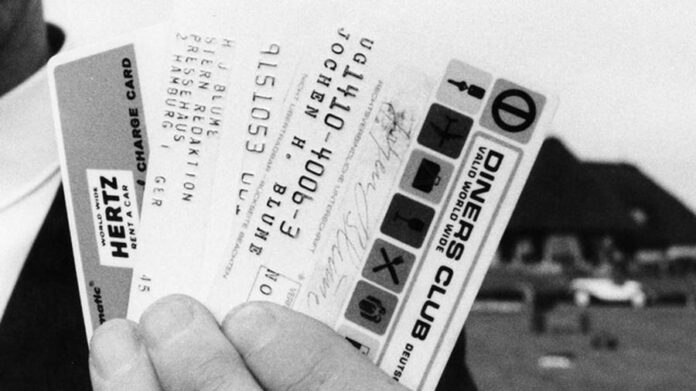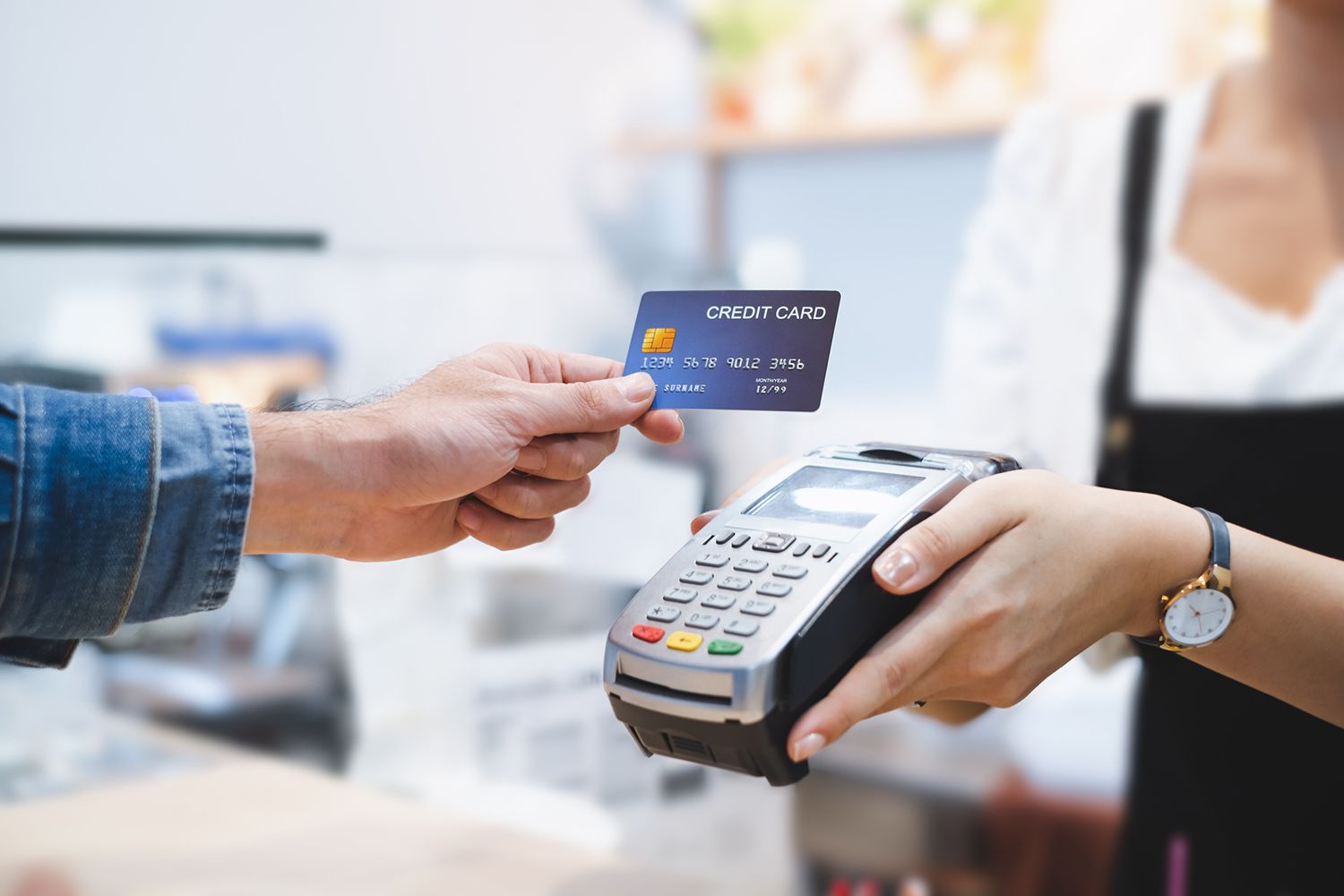In today’s digital age, it’s hard to imagine a world without card payments. From buying a cup of coffee to booking a flight, the simplicity and convenience of swiping, tapping, or inserting a card has become an integral part of our daily lives. But how did these payments evolve to become the norm? This blog post delves into the fascinating history and their transformation into a global standard.
The Dawn of Card Payments

The concept first emerged in the early 20th century, but it was the 1950s that marked the beginning of the card payment era as we know it today.
The journey began with the introduction of the first credit cards. Initially, these were store-specific cards, offering customers a way to purchase goods on credit from particular retailers.
However, in 1950, the Diners Club card marked a significant milestone by introducing a credit card that could be used at multiple establishments. This innovation laid the groundwork for the universal credit cards we are familiar with today.
Following the success of the Diners Club card, other companies quickly entered the fray, with American Express and BankAmericard (now Visa) launching their versions.
These early cards paved the way for the expansion of credit networks, increasing the acceptance across various merchants and industries. This period saw a significant shift in consumer behavior, as convenience began to replace the traditional use of cash and checks.
Evolution and Innovation
The introduction of electronic processing systems revolutionized card payments by significantly reducing transaction times and increasing security.
This period also saw the introduction of magnetic stripes, which became a standard feature on all credit and debit cards. These stripes allowed for the electronic storage of cardholder information, paving the way for faster and more efficient transactions.
The rise of debit cards and Automated Teller Machines (ATMs) further expanded the card payment ecosystem.
Debit cards, linked directly to a cardholder’s bank account, offered a new way to make payments directly from one’s funds, contrasting with the credit-based nature of credit cards.
Meanwhile, ATMs, alongside advancements like the modern card machine, provide a convenient way to withdraw cash and make payments using a card, enhancing the functionality and appeal of card ownership.
Notably, developments in card machine technology, have revolutionized the way merchants accept card payments, further bridging the gap between traditional banking methods and contemporary financial transactions.
The Age of Digital Payments

The Internet era introduced online shopping, requiring a secure and efficient method for digital transactions. They adapted to this new environment with the development of online payment gateways and security protocols like Secure Socket Layer (SSL) encryption.
Simultaneously, the rise of smartphones led to the creation of mobile payment systems, allowing users to make card payments with just a few taps on their devices.
Conclusion
The journey from the first credit cards to today’s digital payment systems reflects a remarkable evolution driven by technological innovation and changing consumer needs. As we look ahead, it’s clear that card payments will continue to play a crucial role in the global economy, constantly adapting to new challenges and opportunities.







